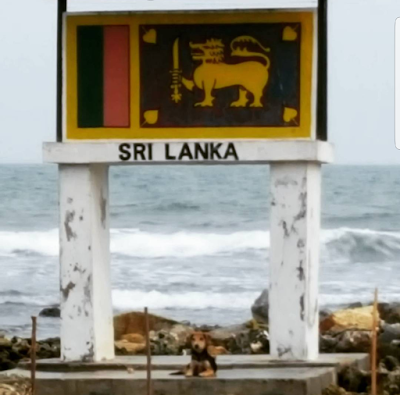The second World War saw the rise of female spies. Many brave women went above and beyond the call of duty to bring down the Third Reich; they endured grueling training, life-threatening situations, betrayal, prison and torture, while some even made the ultimate sacrifice in order to protect the cause and bring an end to Nazism. Enemy of the Reich follows the story of a quiet, unassuming yet determined young woman who exceeded all expectations to give the Allied forces a chance at victory. The White Mouse tells the tale of a real-life version of Marvel’s Black Widow. Bold, elusive and badass, she was among the Gestapo’s most wanted, but that didn’t stop her from playing a key role in the French resistance. There is also an Australian mini-series inspired by her exploits.
Noor Inayat Khan – The Muslim Girl Who Defied the Nazis
(Source - ThoughtCo)
A descendant of Indian nobility, Noor Inayat Khan was a British spy and agent of the Special Operations Executive during World War II. She was the first female wireless operator sent from Britain to aid the French Resistance, following the German occupation of France.
When the second World War broke out, Noor joined the Women's Auxiliary Air Force (WAAF) and was sent to be trained as a wireless operator. She was later recruited to join the Special Operations Executive where she received training to be a wireless operator in occupied and hostile territory.
Noor's first mission was also to be her last. The job of an operator was to maintain a connection between the circuit in the field and London. Without this connection it was almost impossible for any resistance strategy to be coordinated, but the operators were highly vulnerable to detection, which kept on improving as the war progressed.
Despite the doubts of her fellow agents and other perceived shortcomings, Noor's fluent French and her competency in wireless operation made her an ideal candidate for service in occupied France. However, Noor was eventually betrayed, arrested and interrogated at the SD Headquarters in Paris. After two escape attempts, Noor was taken to Germany and kept shackled in solitary confinement at Pforzheim.
After the war, the prison director later testified that despite the appalling treatment she received, Noor remained uncooperative and continued to refuse to give any information on her work or her fellow operatives. She was transferred to Dachau concentration camp with fellow agents Yolande Beekman, Madeleine Damerment and Eliane Plewman. At dawn on the 13th of September, Noor Inayat Khan and the other three women were executed.
For her bravery and dedication, Noor was posthumously awarded the George Cross for her service in the SOE, the highest civilian decoration in the United Kingdom.
"I wish some Indians would win high military distinction in this war. If one or two could do something in the Allied service, which was very brave and which everybody admired it would help to make a bridge between the English people and the Indians."
Nancy Wake – The White Mouse
Nancy Wake was a nurse and journalist. When the second World War began, she was living in France with her husband, Henri Fiocca, and worked as an ambulance driver. After the fall of France, she became a part of the escape network of Captain Ian Garrow, which was known as the Pat O’Leary Line, where she helped Allied airmen evade capture and escape to Spain. Despite the Gestapo tapping her telephone and intercepting her mail, Nancy continued to elude capture. This uncanny ability earned her the nickname – “White Mouse” by the Gestapo.
However, the network was eventually betrayed and Nancy fled to Britain, while her husband stayed behind. In Britain, Nancy joined the Special Operations Executive and received training in several programs.
Nancy later returned to France as a member of a three-person SOE team code named “Freelance”. Their mission was to serve as liaisons between the SOE and several Marquis groups in the Auvergne region. She participated in a battle between the Marquis and a large German force in June 1944. In the aftermath of the battle, which saw the resistant fighters retreat before the large German attack, Nancy rode a borrowed bicycle to Chateauroux, found a radio there updated London on the situation and bicycled back to Saint-Santin, traveling 500 kilometers (310 mi) in 72 hours.
After the battle, the Freelance team joined the resistance group of Henri Tardivat. The group carried out a series of attacks on enemy convoys, and at one point fought off an attack on their camp by the Germans. However, Nancy’s main task was to organize the reception and distribution of arms and material for the resistance groups, which were regularly parachuted into Allier. Nancy also participated in the raid that destroyed one of the Gestapo headquarters in France.
The Allied victory was bitter-sweet to Nancy, for she learned that her husband whom she had not seen or heard from for three years had been captured, tortured and executed by the Gestapo following her escape from France in 1942.
For her services Nancy received the George Medal from the United Kingdom, the Medal of Freedom from the United States and the Légion d'honneur from France, as well as medals from Australia and New Zealand. She published her autobiography in 1985, which was titled, ‘The White Mouse’. Nancy passed away on the 7th of August 2011, in London, 23 day before her 99th birthday.



















